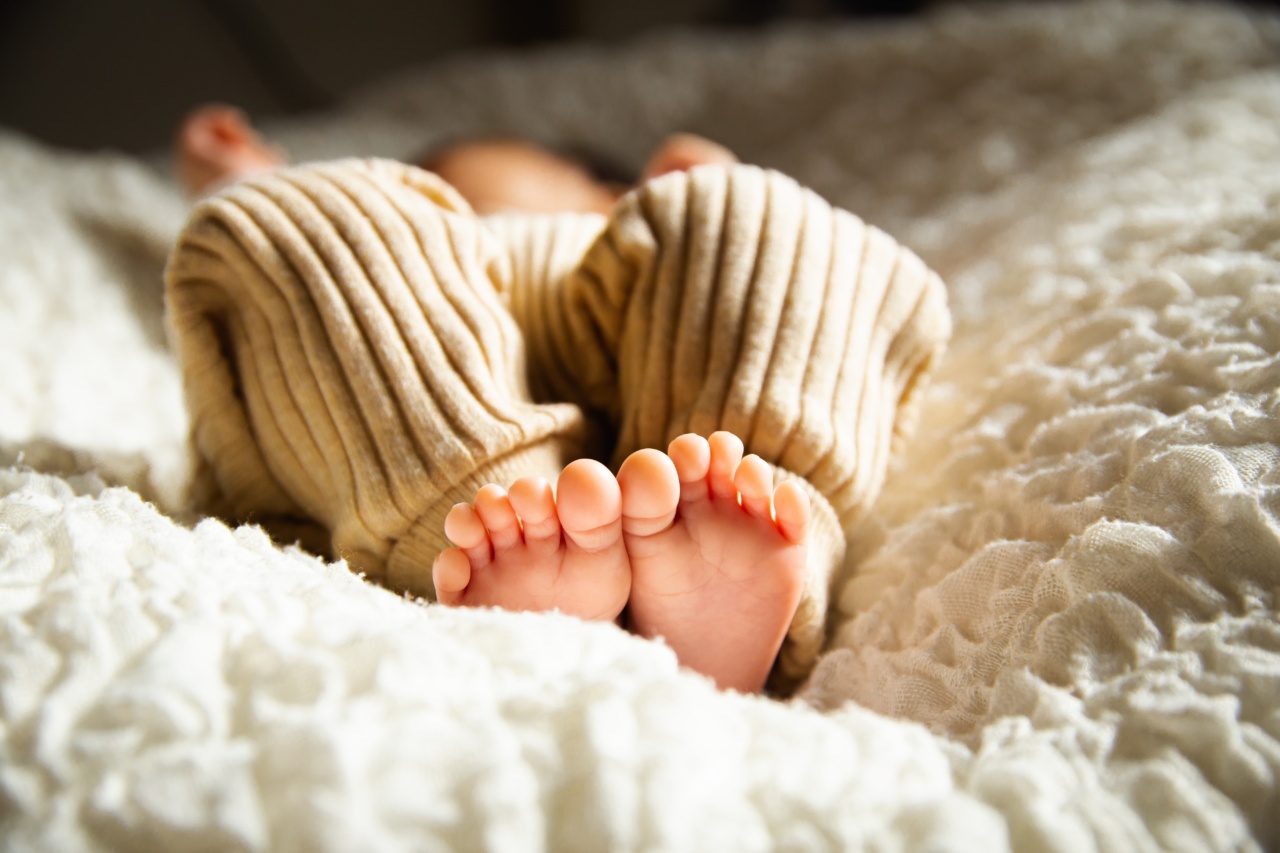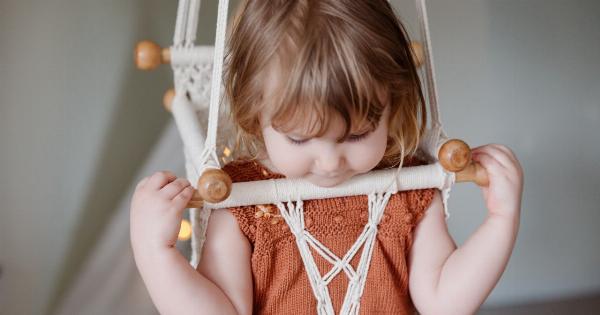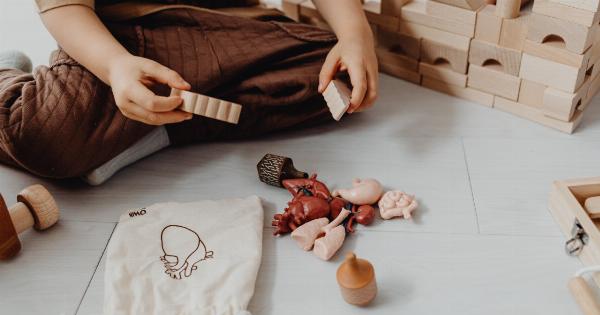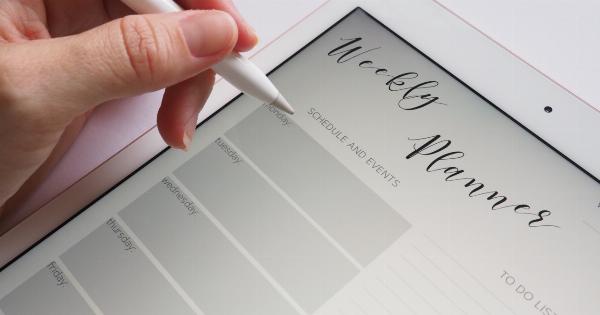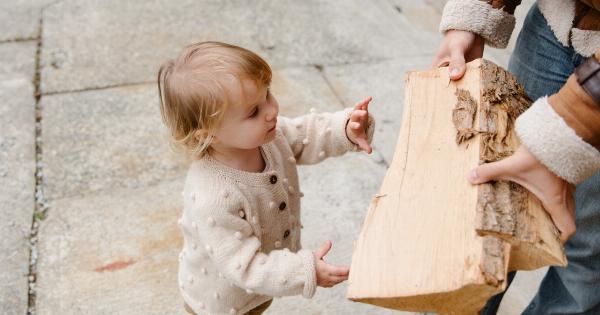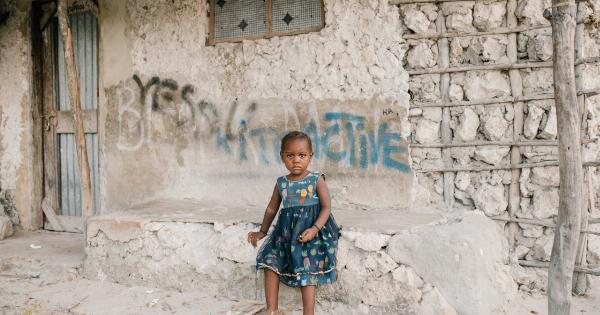As your baby grows, it becomes necessary to transition them from sleeping in a bassinet or co-sleeper to a crib. The crib provides a safe and secure environment for your little one while also aiding in their development.
However, knowing when your baby is ready to sleep in the crib can be a bit challenging. In this article, we will explore various signs that indicate your baby is ready for the transition to a crib.
1. Age and Weight
One of the primary indicators that your baby is ready to sleep in a crib is their age and weight. Most experts recommend transitioning babies to a crib around 4 to 6 months of age or when they reach around 15 pounds.
At this stage, babies have better head control, enhanced motor skills, and are less prone to rolling over unexpectedly.
2. Rolling Over
If your baby has started to roll over on their own, it is a strong indication that they are ready to sleep in a crib. Rolling over is a significant milestone in their physical development, and it means they have better head and neck control.
This ability to roll over signifies that they can adjust their position and are less likely to experience suffocation or positional asphyxia while sleeping.
3. Improved Sleep Patterns
If your baby has started to sleep longer and more consistently through the night, it may be a good time to transition them to a crib.
Improved sleep patterns indicate that your baby is getting accustomed to their sleep routine and is ready for a more independent sleep environment. A crib can provide a dedicated sleep space that helps them establish a healthy sleep routine.
4. Active Movement
When your baby begins to exhibit increased mobility, such as crawling or scooting, it is a positive sign that they are ready to sleep in a crib. Babies who are more mobile tend to feel confined and restricted in a bassinet or co-sleeper.
A crib allows them to move comfortably and freely, which is crucial for their physical development.
5. Outgrowing the Bassinet
If your baby has physically outgrown the bassinet or co-sleeper in terms of length or weight, it is a clear indication that it’s time to transition them to a crib.
Sleeping in a too-small sleep space can be uncomfortable and hinder their ability to stretch and move during sleep, leading to disrupted sleep patterns.
6. Desire for More Space
Pay attention to your baby’s behavior during sleep. If they seem increasingly fussy, irritable, or restless in their bassinet or co-sleeper, it might indicate that they are craving more space.
Babies, like adults, have their preferences when it comes to sleep environments. If they exhibit signs of discomfort in their current sleep space, it may be a sign that they are ready for a more spacious crib.
7. Decreased Dependence on Sleep Props
Transitioning to a crib requires babies to rely less on sleep props or associations to soothe themselves to sleep.
If your baby is showing signs of self-soothing, such as sucking on their fingers or thumb, it is an indication that they are ready for a crib. Self-soothing skills help babies fall asleep independently and sleep for more extended periods.
8. Awareness of Surroundings
When your baby starts showing more interest in their surroundings during awake time, it is an indication that they are ready for a crib. Babies are naturally curious, and a crib allows them to explore their environment visually.
A crib provides a safe and stimulating space for your baby to observe their surroundings and interact with toys or mobiles attached to the crib.
9. Better Nap Routine
If your baby has established a consistent nap routine during the day, it suggests that they are ready for a crib. A predictable nap schedule indicates that your baby is developing better sleep habits and is more prepared to transition to a crib.
A crib can provide a dedicated nap space, optimizing the quality and duration of their daytime sleep.
10. Parental Comfort and Readiness
Lastly, consider your own comfort and readiness for the transition. It is essential to have peace of mind when placing your baby in a crib.
If you feel emotionally prepared and confident in your baby’s ability to sleep in a crib, it will help you navigate the transition more smoothly and instill a sense of security in your baby.
Conclusion
Transitioning your baby to a crib is an important milestone that indicates their growth and development.
By considering the age and weight of your baby, their mobility, improved sleep patterns, and their readiness for independence, you can determine when the time is right. Trust in your baby’s cues, observe their behavior and adjust accordingly.
Remember, every baby is unique, and the transition might take time and patience, but ultimately, the crib will provide a safe and secure sleep environment for your little one.
